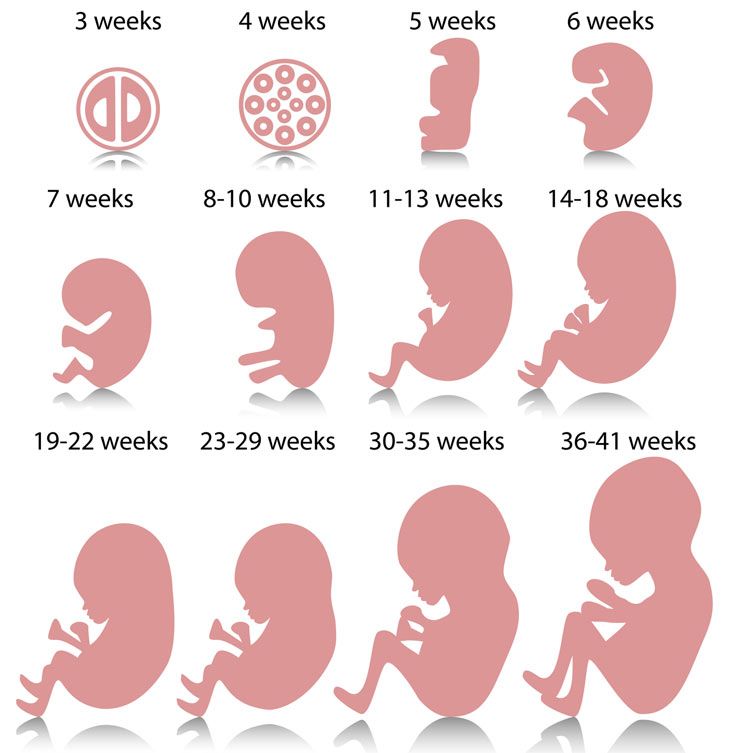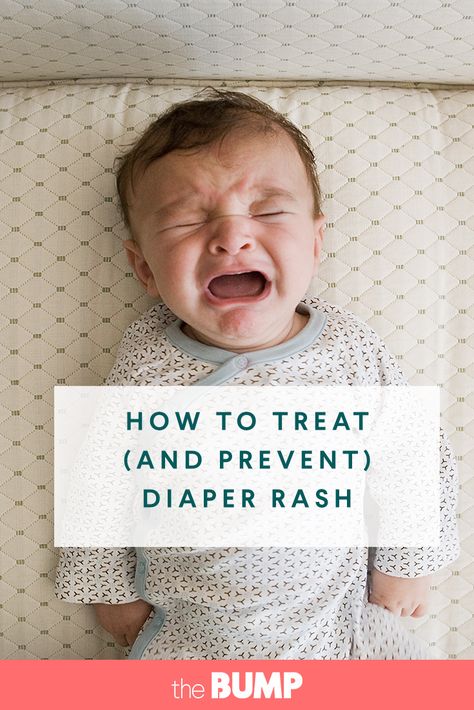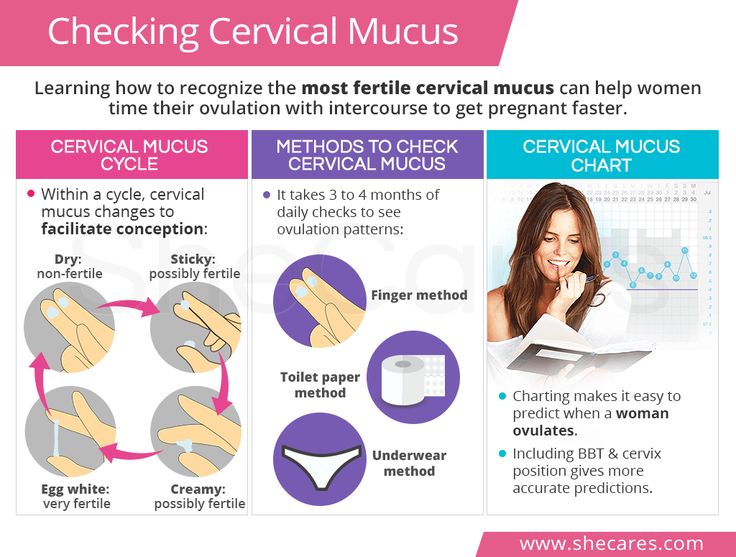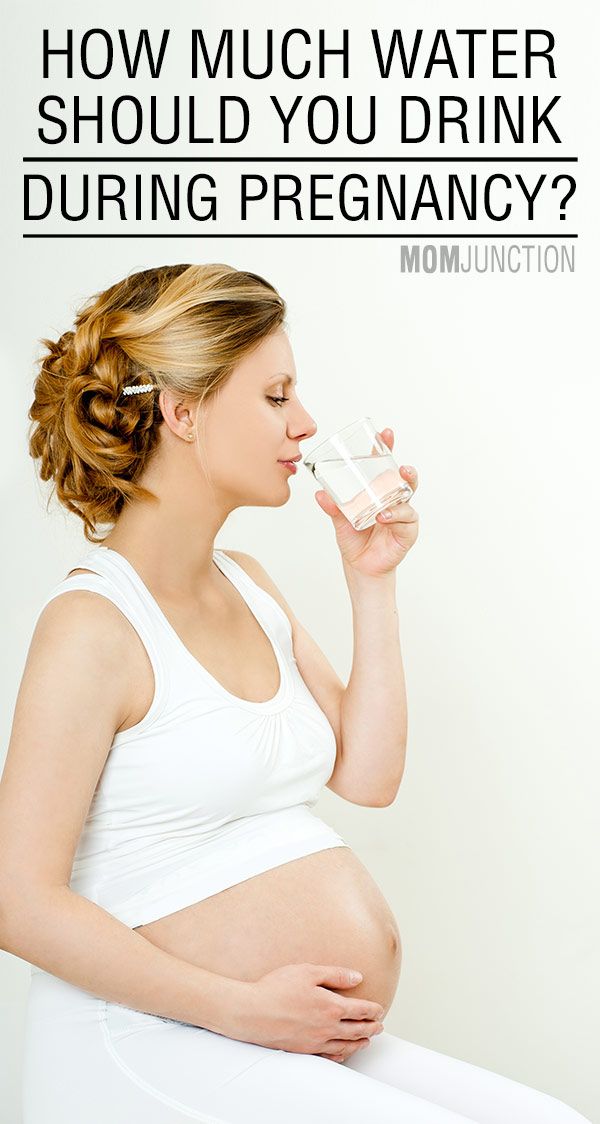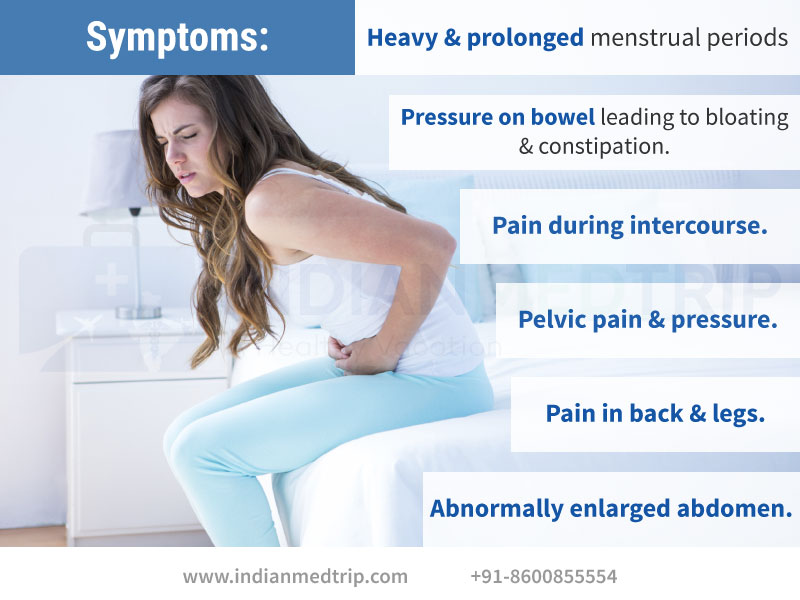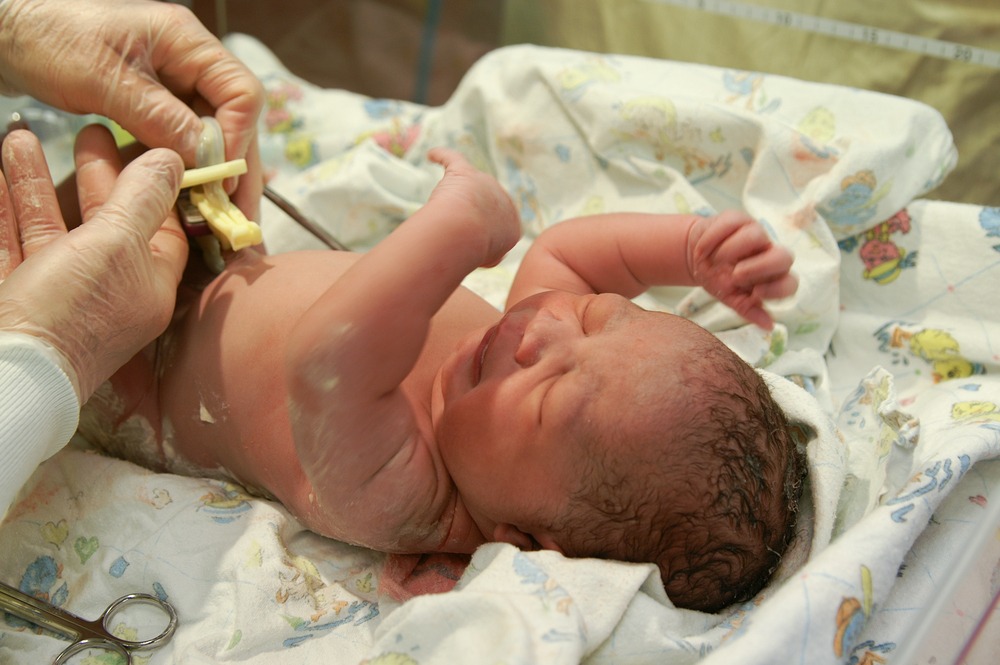Breast redness pregnancy
Breast changes during and after pregnancy
1. Being breast aware in pregnancy
2. How do breasts change during pregnancy?
3. Are breast lumps common during pregnancy?
4. Is it normal to have blood from your nipple?
5. Finding the right size bra during pregnancy
6. How do breasts change after birth?
7. Possible breast problems after pregnancy
8. What happens if I do not breastfeed, or want to stop?
9. Your breasts after pregnancy
10. Further support
1. Being breast aware in pregnancy
It’s important to be breast aware during and after pregnancy. This means getting to know how your breasts look and feel so you know what’s normal for you. This will help you feel more confident about noticing any unusual changes.
Breasts change a lot during pregnancy, so it can be difficult to notice any unusual changes at this time. If you’re unsure about any change to your breasts, talk to your midwife or GP.
The breasts and nipples
Breasts are made up of lobules (milk-producing glands) and ducts (tubes that carry milk to the nipple). These are surrounded by glandular, fibrous and fatty tissue. This tissue gives breasts their size and shape. The darker area of skin around the nipple is called the areola. On the areola there are some small raised bumps called Montgomery glands, which produce fluid to moisturise the nipple.
2. How do breasts change during pregnancy?
Your breasts change during pregnancy to prepare them for feeding your baby. These changes are caused by an increase in hormones, and may include the following:
- Tenderness or a change in sensation of the nipple and breast
- An increase in breast size
- Changes in the colour and size of nipples and areola
- Bigger and more noticeable Montgomery glands
From about the 16th week of pregnancy the breasts are able to produce milk. It’s not unusual for small amounts of straw-coloured fluid called colostrum to leak from the nipples. If you’re worried that it may be noticeable on your clothes, you can use a breast pad (a disposable or washable fabric pad) inside your bra.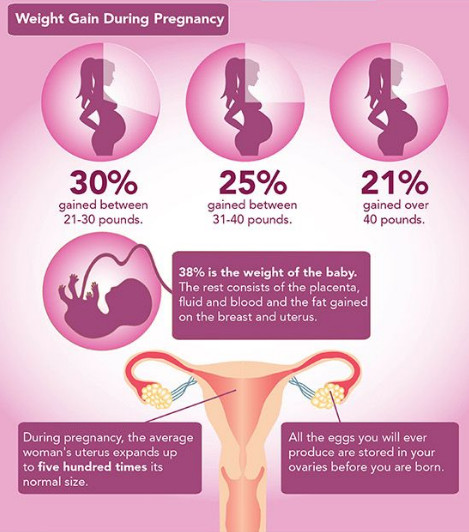
In the last few weeks of pregnancy the nipples become larger and the breasts continue to grow as the milk-producing cells get bigger. Your breasts may feel uncomfortable and sometimes painful. Wearing a well-fitting bra may help relieve any pain or discomfort. It’s fine to sleep in a bra if it’s more comfortable for you.
Women are usually advised to avoid certain types of pain relief while pregnant, but if your breasts are particularly painful you can talk to your GP or midwife for advice on pain medication.
3. Are breast lumps common during pregnancy?
Breast lumps sometimes develop during pregnancy. The most common ones are:
- Cysts (fluid-filled sacs)
- Galactoceles (milk-filled cysts)
- Fibroadenomas (which develop in the lobules of the breast)
These are benign (not cancer) breast conditions. If you had a fibroadenoma before you were pregnant you may find this gets bigger during pregnancy.
Breast cancer in women of child-bearing age and during pregnancy is uncommon. However, you should get any new breast lump, or any changes to an existing breast lump, checked by your GP.
However, you should get any new breast lump, or any changes to an existing breast lump, checked by your GP.
4. Is it normal to have blood from your nipple?
A few women may have occasional leakage of blood from the nipple. This is due to an increase in the number and size of blood vessels. Although this can be normal during pregnancy, it’s best to get any leakage of blood from the nipple checked by your GP.
5. Finding the right size bra during pregnancy
As your breasts increase in size you should check that your bra isn’t too tight. It’s worth visiting a department store or lingerie shop to be measured and have your bra size checked by a trained bra fitter. Or you could contact the National Childbirth Trust (NCT).
A bra fits well if:
- Your breasts fill the cup of the bra leaving no loose fabric and it contains the whole breast without any bulging at the top, bottom or sides
- The strap at the back doesn’t dig in
- The shoulder straps do not carry the full weight of your breasts, stay in place when you lift your arms above your head and fit closely to your body without digging in
- The strap round the back and the front underband lie close to your body and are at the same level at the front and back
- With an underwired bra, the underwire lies flat against your body and supports the underneath and sides of your breast without digging in or gaping
- The bra fits on the loosest set of hooks so that when it begins to stretch with time you can tighten it
You may find it more comfortable to wear a maternity or soft-cup bra.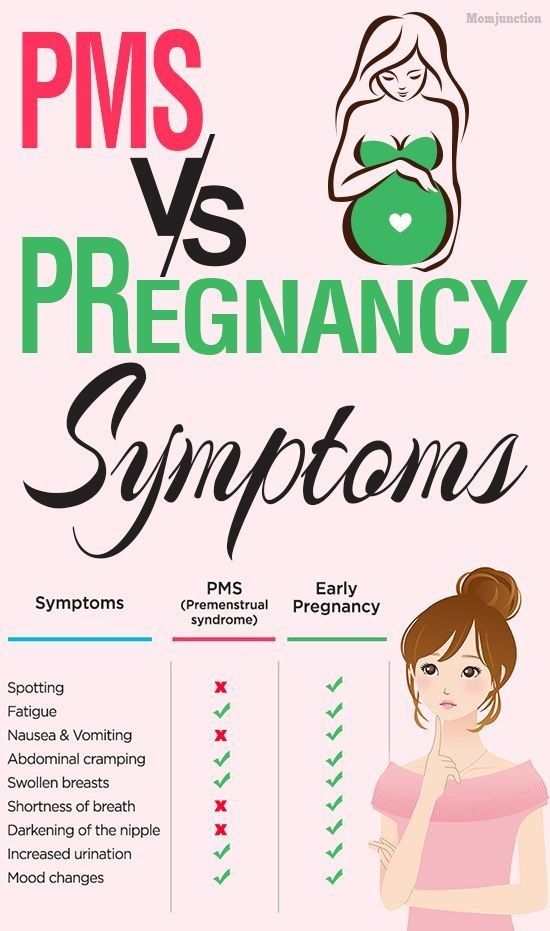 These types of bras can also be worn in bed if you feel you need extra support while sleeping.
These types of bras can also be worn in bed if you feel you need extra support while sleeping.
If you’re hoping to breastfeed, you may want to buy a couple of nursing bras. These have cups that unfasten and make it easier to feed your baby. The best time to be fitted for a nursing bra is a few weeks before your baby is due when your breasts will have done the majority of their growing.
For more information on finding a bra that fits correctly download our guide to a well-fitting bra.
6. How do breasts change after birth?
Following the birth of a baby, oestrogen and progesterone levels decrease quickly. Around the third day or so after the birth the colostrum becomes diluted by additional fluid that makes it look much whiter. Around this time your breasts may start to leak milk.
When a baby sucks at the breast it triggers nerves that carry messages to the brain that milk is needed. Some women find milk leaks from the nipple when they hear their baby cry, or if their breasts are full and they feel emotional.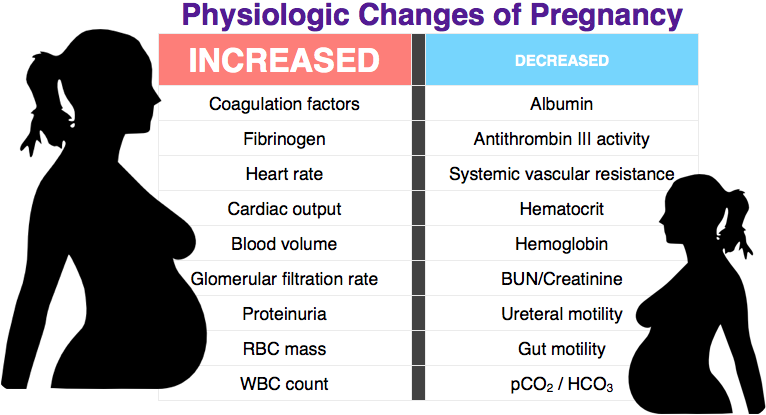
This can happen quite a lot in the first few days after you give birth and can sometimes be embarrassing. Putting disposable or washable breast pads in your bra can help you feel more comfortable and prepared.
Changes due to breastfeeding
The changes that happen to the breasts during pregnancy prepare them for feeding a baby. The Department of Health recommends exclusively breastfeeding for the first six months of your baby’s life, if possible, and then continuing to breastfeed alongside solid foods for as long as mother and baby wish. Research shows that breastfeeding may reduce the risk of developing breast cancer.
Although breastfeeding is a natural process it can sometimes take a little time to get right. If you’re finding it difficult, talk to your midwife or health visitor.
Some women choose not to breastfeed because it hasn’t been possible or they simply do not feel it is the right choice for them and their baby. There is not a right or wrong decision; you just need to feel you’ve made the best decision for you and your baby.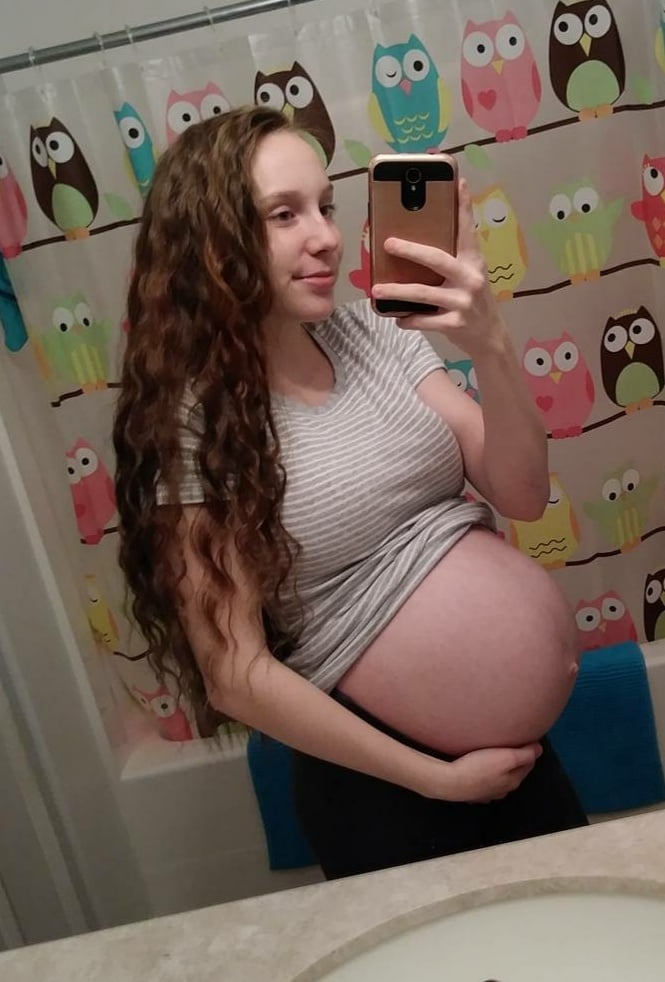
Women who’ve had breast surgery – due to breast cancer, breast reduction, surgery to the nipple or breast implants, for example – may find that they’re unable to breastfeed. This is due to the formation of scar tissue. However, some women are still able to breastfeed after surgery. You can ask your midwife, health visitor or breastfeeding counsellor for help if needed.
You can find more information about breastfeeding on the NHS website. You can also call the National Breastfeeding Helpline on 0300 100 0212 for confidential breastfeeding support and information.
7. Possible breast problems after pregnancy
The following describes some of the problems you may experience when your milk ‘comes in’ (when your body begins to produce breast milk and no longer colostrum). Some of this information may apply whether you decide to breastfeed or not.
Problems could include:
- Sore and cracked nipples
- Engorgement
- Blocked milk ducts
- Mastitis
- Breast abscess
- Thrush
Sore and cracked nipples
Sore and cracked nipples can develop if the baby does not attach to the breast correctly.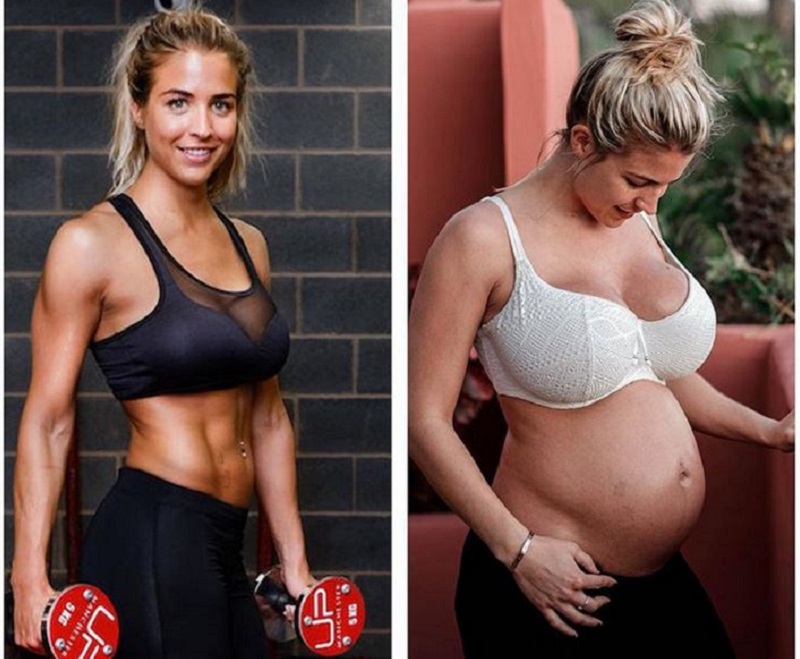 If the baby only sucks the nipple, rather than the whole areola being in their mouth, the baby’s tongue or roof of the mouth rubs on the nipple. The nipples can quickly become sore and sometimes cracked.
If the baby only sucks the nipple, rather than the whole areola being in their mouth, the baby’s tongue or roof of the mouth rubs on the nipple. The nipples can quickly become sore and sometimes cracked.
The nipples won’t heal if the baby does not attach to the breast properly, so if feeding is painful it’s important to get support from a midwife or breastfeeding counsellor as soon as possible.
Engorgement
Breast engorgement is when the breast becomes overfull of milk. Some women describe their breasts as feeling hard, warm and throbbing. Breast engorgement generally happens when milk first comes into the breasts.
If your breasts are engorged and you’re continuing to breastfeed, it’s important to make sure your baby is attaching to the breast correctly. Your midwife, health visitor or breastfeeding counsellor can help you with this.
Breast engorgement may be eased by:
- Feeding your baby on demand
- Expressing (squeezing out) or using a breast pump to release a small amount of milk so it’s easier for your baby to attach to your breast
You may also find the following helpful:
- Wear a well-fitting nursing bra that does not restrict your breasts
- If your breasts are leaking, apply warm flannels just before expressing
- Apply chilled cabbage leaves to your breasts after feeding or expressing milk – this may help to reduce pain and swelling
- Take paracetamol at the recommended dose to ease the pain – this is safe to take while you’re breastfeeding
Blocked milk ducts
Sometimes a milk duct becomes blocked while breastfeeding.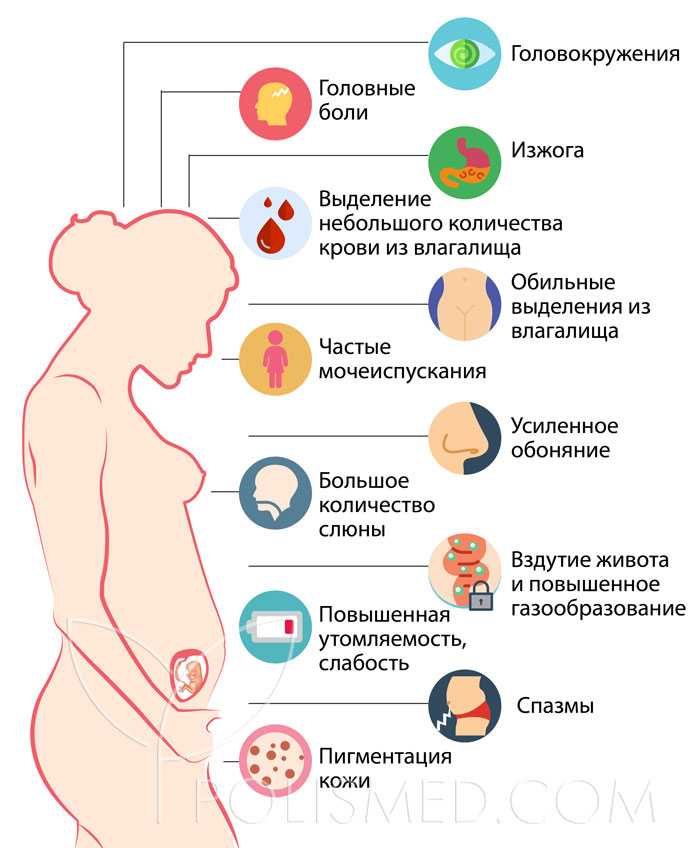 This can also happen when you stop breastfeeding. You may experience a small, painful, hard lump or a bruised feeling.
This can also happen when you stop breastfeeding. You may experience a small, painful, hard lump or a bruised feeling.
Things that may help include:
- Feeding your baby more often
- Changing position when you’re feeding (this may help to drain the area more fully)
- Gently massaging the lump towards the nipple while your baby is feeding
- Applying warm flannels to the breast
- Ensuring your bra and clothes aren’t too tight so the milk can flow freely
Mastitis
If breast engorgement or blocked milk ducts continue the breast may become inflamed or infected. This is called mastitis. The breast may be red, hot and painful. Mastitis can cause flu-like symptoms including headaches, nausea and a raised temperature.
It’s important to continue to breastfeed frequently, especially from the affected breast, as this helps to clear the infection and isn’t harmful to the baby.
If you think you might have mastitis you’ll need to see your doctor as it may need treating with antibiotics or anti-inflammatory drugs.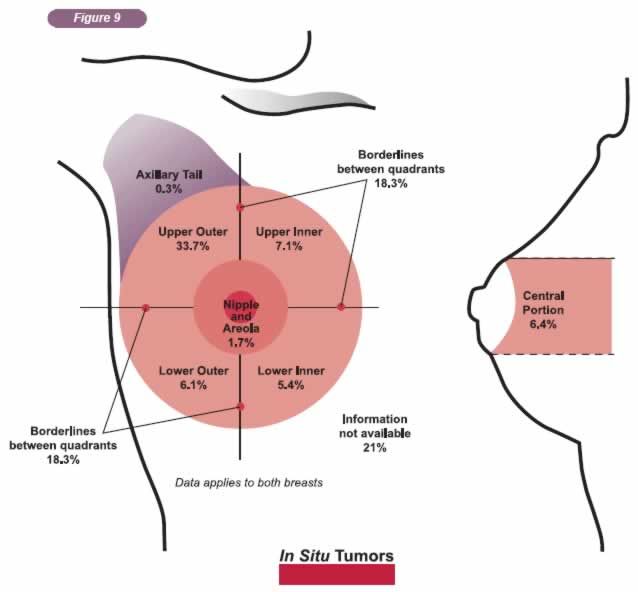
Breast abscess
If mastitis or an infection isn’t treated, some women go on to develop an abscess (a collection of pus) in the breast. Breast abscesses are not common – if you think you have an abscess it’s very important to see your GP. They may refer you to a breast clinic.
Abscesses are usually treated with antibiotics and are often drained using a needle and syringe. An ultrasound scan may be used to guide the needle into the correct place. If the abscess is large, a small cut is made in it to allow the pus to drain away. An injection of local anaesthetic is usually given to numb the area first.
As with mastitis, your doctor will usually advise you to continue breastfeeding or use a breast pump to express the milk regularly.
Thrush
Thrush (candida albicans) is a yeast infection that may occur on the nipple and areola during breastfeeding. It can develop following cracking or damage to the nipple but may also happen suddenly, even when you’ve been breastfeeding for some time.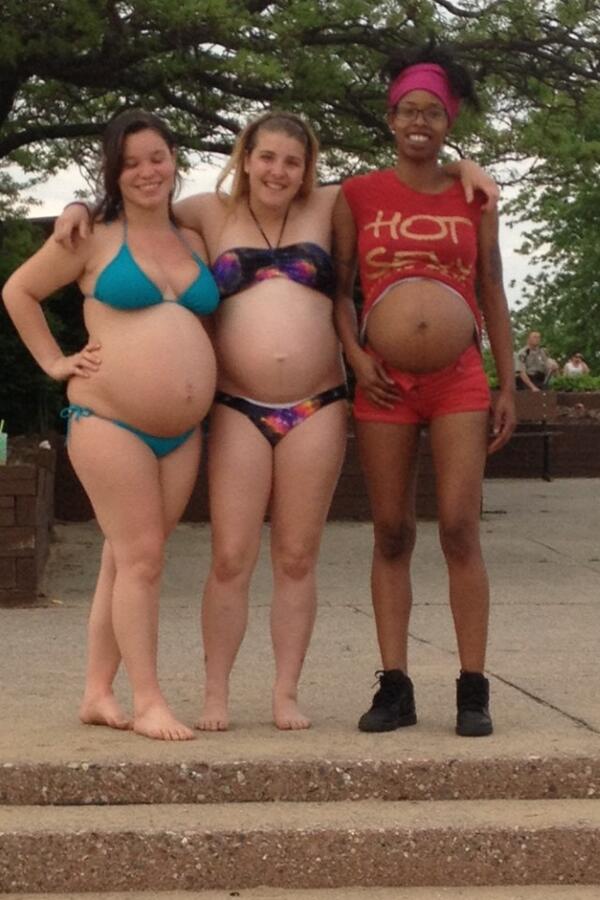
The nipple may become itchy, painful and sensitive to touch. Some women find they have shooting pains deep in the breast that start after feeding and can last for a few hours.
Thrush can be difficult to diagnose as many of the symptoms are similar to those caused by the baby not being latched on to the breast properly during breastfeeding (see Sore and cracked nipples).
Thrush can also be passed from mother to baby. Signs of thrush in your baby may include a creamy patch on the tongue or in the mouth which does not rub off. Babies may also get a sore mouth which can cause restlessness during feeding and pulling away from the breast. Nappy rash (red rash or soreness that’s slow to heal) is another symptom of thrush.
If you think you have these symptoms, talk to your GP or health visitor. Both you and your baby will need to have treatment at the same time.
8. What happens if I do not breastfeed, or want to stop?
If you choose not to breastfeed and no milk is being expressed you’ll stop producing milk.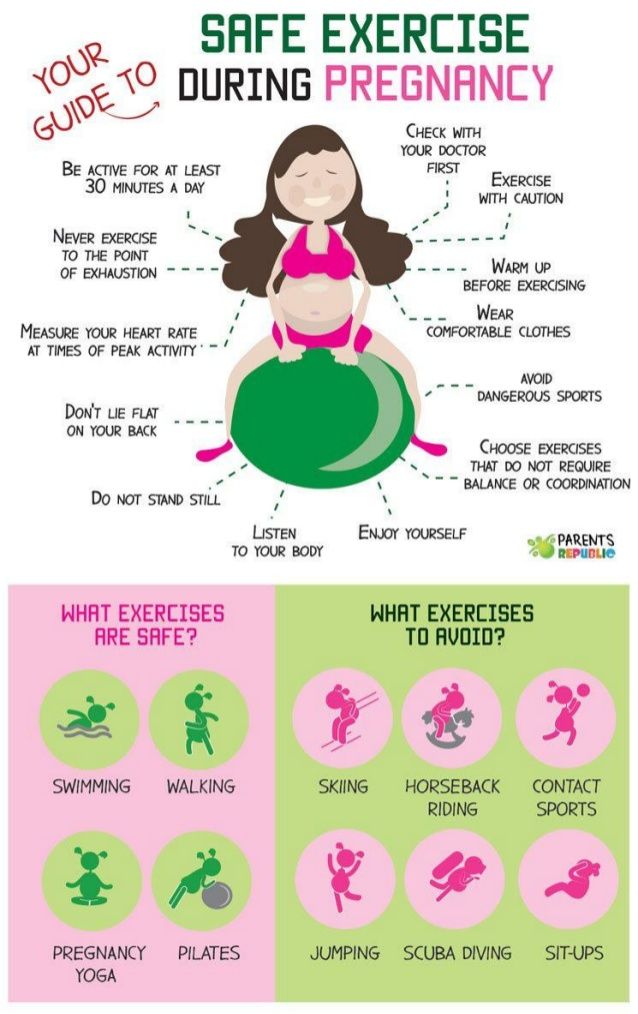 You may find your breasts feel heavy, uncomfortable and sore for a few days. Wearing a supportive bra and taking pain relief may help.
You may find your breasts feel heavy, uncomfortable and sore for a few days. Wearing a supportive bra and taking pain relief may help.
Women continue to produce milk as long as breastfeeding continues. When you stop breastfeeding it may take some time for the milk production to stop completely.
If you stop breastfeeding too quickly it can lead to engorgement. When you want to stop breastfeeding it’s best to gradually reduce the length and number of your breastfeeds. You may like to start by dropping one feed a day. Your body produces milk on a supply-and-demand basis so this will naturally reduce the amount of milk you produce.
Milk may leak for several weeks after you stop breastfeeding if something triggers the ‘let down’ reflex (when hormones tell your breasts to produce milk). You may experience a tingling feeling in your breasts and nipples that can be quite strong, a feeling of sudden fullness, or you may notice that milk starts to leak from either or both breasts.
When you stop breastfeeding your breasts will slowly reduce in size.
9. Your breasts after pregnancy
After pregnancy, whether you have breastfed or not, your breasts probably won’t look or feel the same as they used to. You may have gained or lost weight, and it’s not unusual to find your breasts have altered in size and shape compared with before pregnancy.
These changes are part of the normal changes your breasts go through at different stages in life. It’s important that you get to know how your breasts look and feel now so you can be aware of any new changes. You can find out more on our Checking your breasts pages.
10. Further support
Changes to your breasts during and after pregnancy can make you feel anxious or you aren’t in control. If you’re finding it difficult to cope, talk to your GP or you can call our Helpline and talk to one of our experts on 0808 800 6000.
Exploring Breast Changes During Pregnancy: The Second Trimester
In the next 12 weeks of pregnancy (2nd trimester – weeks 13-24) you may notice the biggest change of all in your breasts; they are making milk! Milk is being made in your breasts from around 16 weeks of pregnancy. ..
..
Share this content
Some women never see a drop of milk come from their nipple prior to the birth of their baby yet other women notice drops of milk leaking after warm baths or sex, and other women notice a dry or sticky residue on their nipples when they wake up in the mornings.
What Breast Changes During Pregnancy are “Normal?”
Each one of us is different but still going through the same processes in our breasts to make milk for our babies. Some women are concerned that as they are leaking in pregnancy that they could run out of colostrum.
There is a hormone, which is present during pregnancy, known as progesterone. Progesterone ensures your breasts do not start producing large volumes of mature milk until your baby and placenta are born. Therefore you will keep making small amounts of colostrum each day and not run out, there will be the right amount of colostrum for your baby.
Consider a Maternity Bra
As your breasts are now making milk it is important to get fitted for a maternity bra. A maternity bra is not just a bra which can open easily for breastfeeding, maternity bras are made to be comfortable and not press in any bra wires on your breast.
Unlike a normal underwired bra which could possibly press in against your breast tissue and cause soreness or even blockages in the milk ducts, a maternity bra is the safer option as it will leave you comfortable and not at risk of pressing on the delicate breast skin.
As your breast size is likely to continue growing in pregnancy and very likely to increase after birth you may need a few fittings for bras over the next few months.
You may also notice that you develop some stretch marks on your breasts. These are really normal as rapid growth is happening to both your tummy and breasts right now in order to make room for your baby and their milk! Stretch marks will fade over time, but know they are part of your body transforming to create a new life and very normal.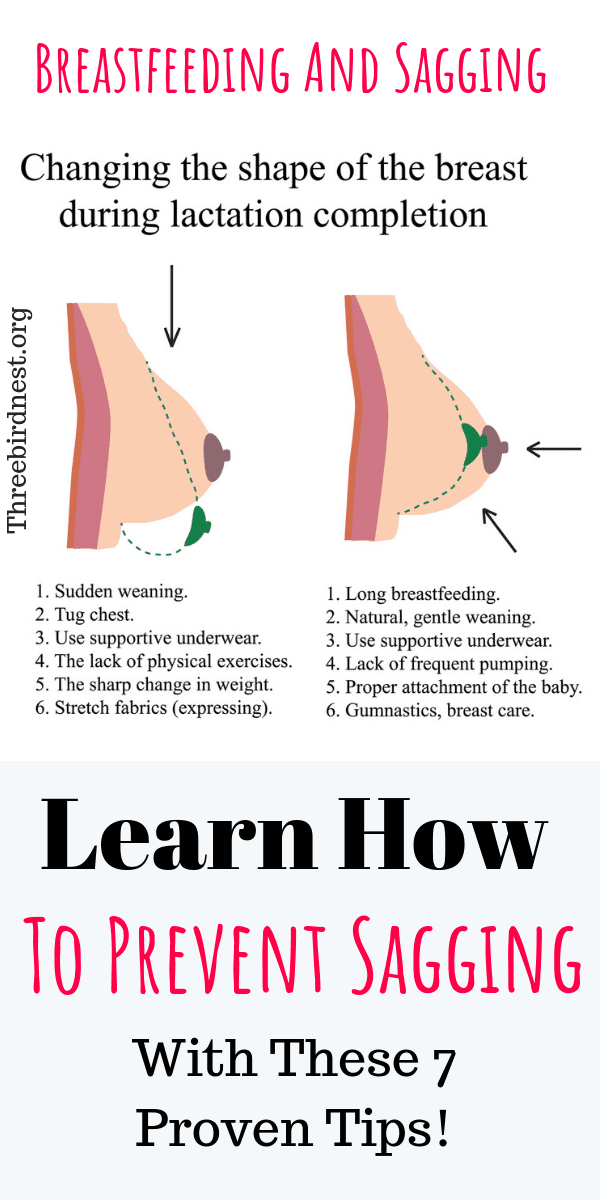 Most women have them, even if they may not talk about them!
Most women have them, even if they may not talk about them!
Don’t Forget to Check Your Breasts Regularly
As we mentioned in our blog on "Exploring Breast Changes During Pregnancy in the 1st Trimester", it is still important to continue to check your breasts as you would do each month for lumps and unusual changes. It is likely your breast will feel different now.
If you do notice any new lumps, breast pain, redness, skin or nipple changes (other than darkening or size increases) or any coloured substance (which is not yellow, clear or white) from your nipple then it is advisable to discuss this with your doctor.
For more information, check out the following video.
What breast changes during pregnancy did you experience? What questions do you have about the benefits of breastfeeding? Please join the conversation on the Medela Australia Facebook page.
Breast changes from the beginning of pregnancy to the end of breastfeeding
Medela's experts explain the changes that occur in the breast from the beginning of pregnancy to the end of breastfeeding, as well as tips for taking care of your breasts throughout this period.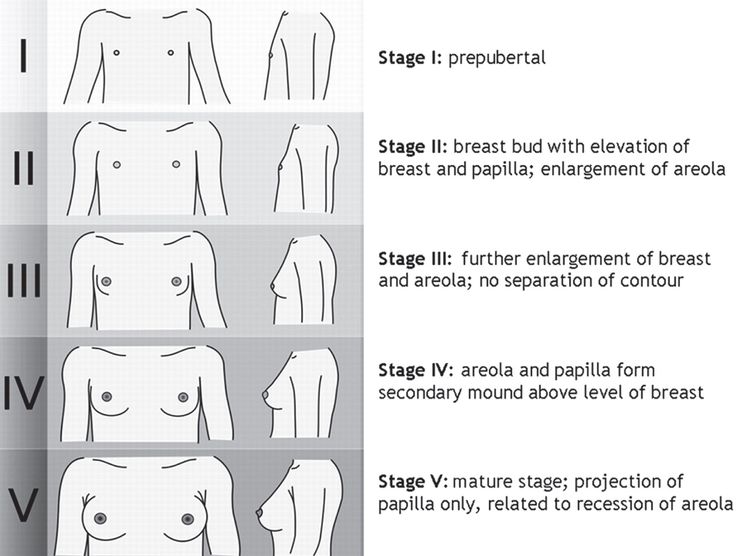
Share this information
From the moment of conception, your body begins to prepare for the birth of your baby. This applies not only to the uterus - the anatomy of the breast also changes radically. This article will tell you what to expect in each trimester, during and after breastfeeding. nine0003
First trimester breast changes
Early in pregnancy, many women notice changes in their breasts. Moreover, often they become the first signs of pregnancy. Fluctuations in hormone levels and changes in the structure of the mammary glands can cause increased sensitivity and soreness of the nipples and breasts as early as the third or fourth week. For some pregnant women, breast tenderness persists until childbirth, but for most it goes away after the first trimester. nine0003
“Sometimes during pregnancy, breasts grow very quickly in the first weeks, and sometimes their size increases gradually,” says Dr. Jacqueline Kent, a leading lactation specialist at the University of Western Australia. “All women are different. For some, breast size may not change much until childbirth or even after them. In general, we can say that by the time the milk arrives, the breast will most likely become one and a half times larger than before pregnancy! 1
“All women are different. For some, breast size may not change much until childbirth or even after them. In general, we can say that by the time the milk arrives, the breast will most likely become one and a half times larger than before pregnancy! 1
As soon as your regular bras start to feel tight (usually around 12 weeks), it's time to buy a maternity bra. The most comfortable, according to many women, are seamless models with wide straps made of soft, breathable fabric. It is best to avoid underwired bras as they can put pressure on the developing milk ducts. nine0003
It is important to take your measurements correctly in order to find the right bra with a good fit. Take measurements every couple of months, as you may need a different size bra as your baby grows and your breasts get bigger.
Breast changes in the second trimester
From about the 15th week of pregnancy, newly formed cells that produce milk are activated in the breast, and by about the 22nd week, production begins.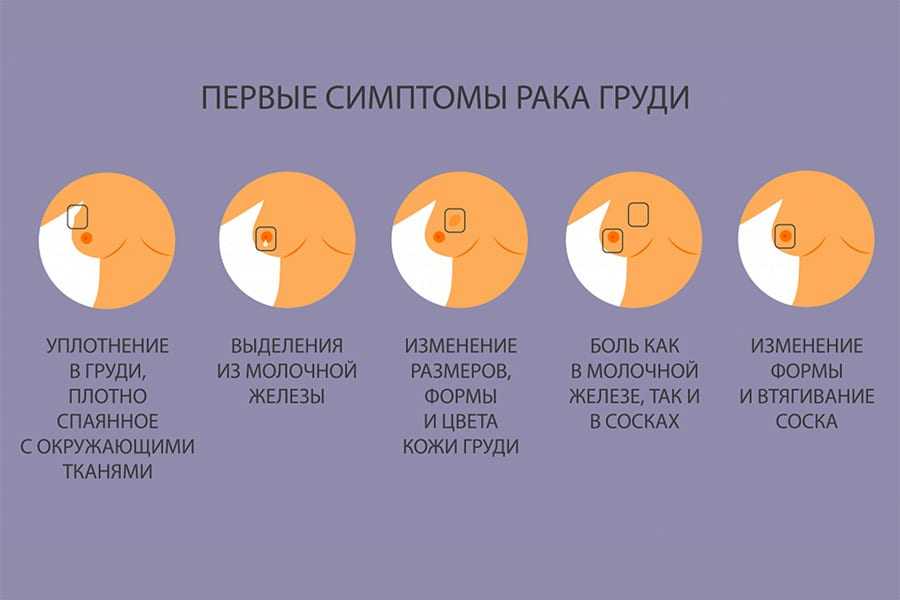 1 But don't worry - most of this milk will be absorbed by the body without going out, as pregnancy hormones prevent it from being overproduced or excreted. nine0003
1 But don't worry - most of this milk will be absorbed by the body without going out, as pregnancy hormones prevent it from being overproduced or excreted. nine0003
“During the second trimester, you may notice that the nipples and areolas (the areas of skin around the nipples) become darker and larger,” says Dr. Daniel Prime, Medical Research Associate at Medela. tubercles - the so-called glands of Montgomery. They secrete oil that moisturizes the nipples and will protect them from inflammation and infection when you start to feed. Scientists believe that the smell of this fat is similar to the smell of amniotic fluid and helps the newborn baby find the nipple.” nine0015 2
Do not use harsh soap for breast hygiene and do not rub hard with a towel as this can damage this natural lubricant. Just wash your breasts with warm water and pat dry. And if someone tells you to pinch or rub your nipples to prepare them for breastfeeding, don't listen to them!
If you have flat or inverted nipples, your pregnancy is over 32 weeks, and your pregnancy is normal, you can try inserting special nipple formers* into your bra in consultation with your doctor. They help to gently pull out the nipples so that it is easier for the newborn to grasp them. Consult your healthcare professional or read our article on flat and inverted nipples to learn more. nine0003
They help to gently pull out the nipples so that it is easier for the newborn to grasp them. Consult your healthcare professional or read our article on flat and inverted nipples to learn more. nine0003
If breast size increases dramatically during pregnancy, breast skin may itch and stretch marks may appear on it. A good moisturizer can help soothe itching. The appearance of stretch marks usually depends on genetics and skin type. If you have a predisposition to stretch marks, it is unlikely that you will be able to prevent them, but, fortunately, over time they will become lighter and less noticeable.
Breast changes in the third trimester
In the last trimester, you may again experience soreness and heaviness in your chest. A sleep bra will keep you comfortable at night, while a supportive sports bra will help you avoid soreness and ligament damage during exercise. nine0003
Don't forget to buy a pair of nursing bras one month before your baby is born. If possible, consult a specialist in the store or study the online guide to select the appropriate model and size.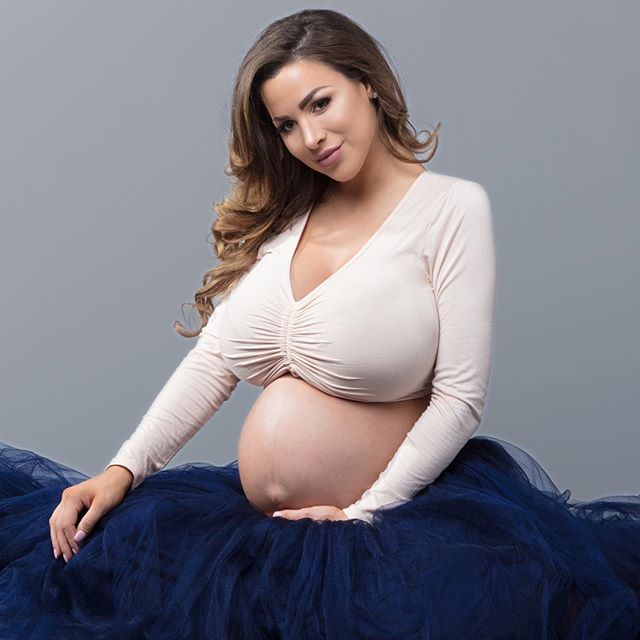 Every woman is different, but usually cups of a nursing bra are chosen one or two sizes larger than before pregnancy. The underbust girth may also increase as the ribcage expands to provide enough room for the baby. The sales assistant should choose the size of your bra, taking into account the appearance of milk after childbirth. Models with fasteners that can be unfastened with one hand make it easier to attach the baby to the breast. nine0003
Every woman is different, but usually cups of a nursing bra are chosen one or two sizes larger than before pregnancy. The underbust girth may also increase as the ribcage expands to provide enough room for the baby. The sales assistant should choose the size of your bra, taking into account the appearance of milk after childbirth. Models with fasteners that can be unfastened with one hand make it easier to attach the baby to the breast. nine0003
Surprising but true: milk appears in the breast even before the baby is born. This is why your nipples may start to produce some colostrum (the first breast milk), which will be quite thick and sticky. Sometimes this happens as early as 14 weeks, but more often it still happens in late pregnancy. To avoid the appearance of stains and smudges on clothes, you can use special bra pads.
“If you have diabetes or have been diagnosed with gestational diabetes, your doctor may tell you to express some colostrum by hand and freeze it. A recent study showed that after the 36th week it is quite safe if the pregnancy does not have other complications, 3 , says Dr. Prime, “Storing colostrum can come in very handy because babies with diabetic mothers are at higher risk of hypoglycemia (low blood sugar) and frequent colostrum feeding is the best remedy. . However, be prepared for the fact that there will be very little colostrum. You may only be able to express a few drops at first, and that’s perfectly fine.”
Prime, “Storing colostrum can come in very handy because babies with diabetic mothers are at higher risk of hypoglycemia (low blood sugar) and frequent colostrum feeding is the best remedy. . However, be prepared for the fact that there will be very little colostrum. You may only be able to express a few drops at first, and that’s perfectly fine.”
What happens to the breast after childbirth
Approximately two to four days after the baby is born (sometimes later if there was a caesarean section or a traumatic delivery), you will feel your breasts getting heavier and firmer - this means that milk has come. 4
“This fullness in the breasts is not only due to excessive milk production – there is also an increase in the amount of blood circulating around the breasts and the volume of lymphatic fluid,” explains Dr. Prime, “All this is the result of a gradual decrease in the level of pregnancy hormones that began after the birth of a child and which allows the hormones responsible for the production of milk to enter into work.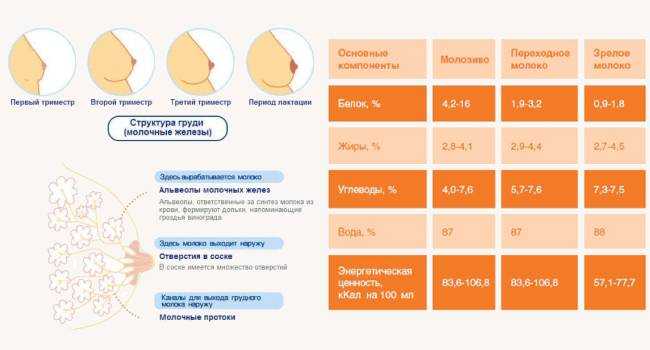 nine0003
nine0003
During this period, you may experience soreness and discomfort in your breasts, a condition called breast swelling. This is quite common and usually resolves after a few days, during which time breastfeeding must continue. Read on for our tips on how to relieve swelling and discomfort, and if the problem persists, see a lactation consultant or healthcare provider.
What happens to the breast during lactation
For about the first three months of breastfeeding, your breasts are likely to fill up a lot before feeding. Over time, you may notice that your breasts become less full, but this does not mean at all that your milk production has decreased. If you are breastfeeding your baby exclusively and on demand, and at the same time he is growing well, then everything is in order with the amount of milk.
“Be prepared for the fact that after six months of breastfeeding, your breast size will begin to decrease,” Dr. Kent explains, “This is not a sign that your body is producing less milk.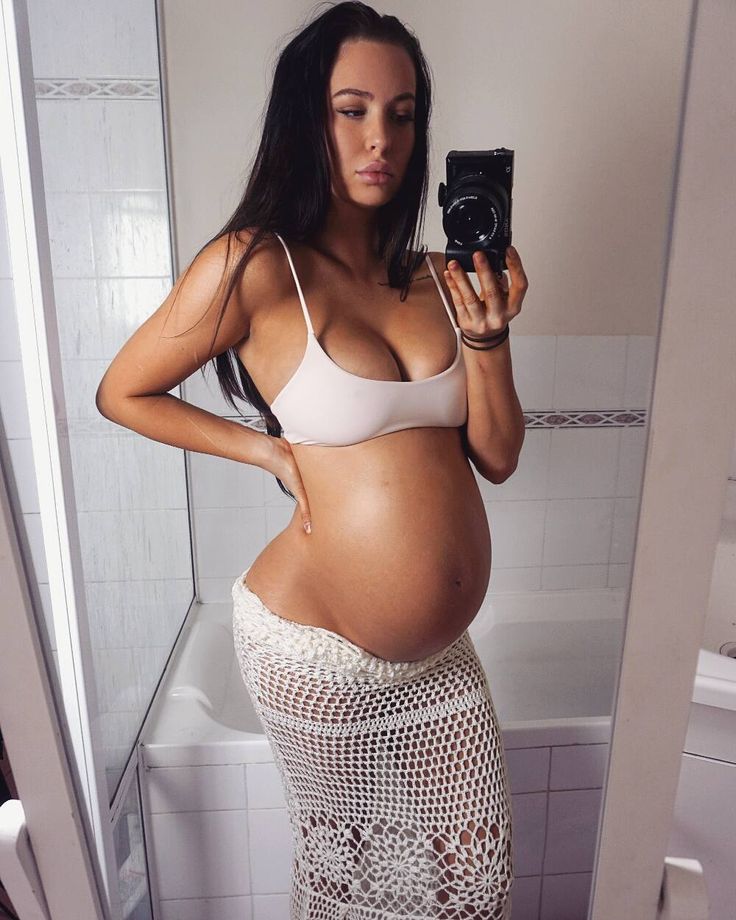 Most likely, the amount of adipose tissue in the breast simply decreased. By the time your baby is 15 months old, your breasts may be back to their pre-pregnancy size, but not smaller. However, whether you continue breastfeeding or not, you may still produce 100 to 300 ml of milk per day.” nine0003
Most likely, the amount of adipose tissue in the breast simply decreased. By the time your baby is 15 months old, your breasts may be back to their pre-pregnancy size, but not smaller. However, whether you continue breastfeeding or not, you may still produce 100 to 300 ml of milk per day.” nine0003
This may be due to the start of more efficient milk production after six months of breastfeeding, which, according to Dr. Kent's research, may be the result of redistribution of breast tissue. 5
How your breasts change after you stop breastfeeding
When you finally stop breastfeeding—be it after three weeks, three months, or three years—the breast changes associated with lactation disappear. “After the complete cessation of breastfeeding, the breasts, as a rule, return to the size that they were before pregnancy. This usually happens in about three months, and for someone else while breastfeeding,” Dr. Kent explains, “If you get pregnant again, the whole process starts all over again. ” nine0003
” nine0003
Literature
1 Cox DB et al. Breast growth and the urinary excretion of lactose during human pregnancy and early lactation: endocrine relationship. Exp Physiol . 1999;84(2):421-434. - Cox D.B. et al., "Breast growth and urinary lactose excretion during pregnancy and lactation: an endocrine relationship." Exp Physiol. 1999;84(2):421-434.
2 Doucet S et al. The secretion of areolar (Montgomery’s) glands from lactating women elicits selective, unconditional responses in neonates.PLoS One . 2009;4(10): e 7579. - Doucet S. et al., "Papillary circle gland secretion (Montgomery's glands) in lactating women induces a selective unconditioned response in the newborn." PLOS One. 2009;4(10):e7579.
3 Forster DA et al. Advising women with diabetes in pregnancy to express breastmilk in late pregnancy (Diabetes and Antenatal Milk Expressing [DAME]): a multicentre, unblinded, randomized controlled trial.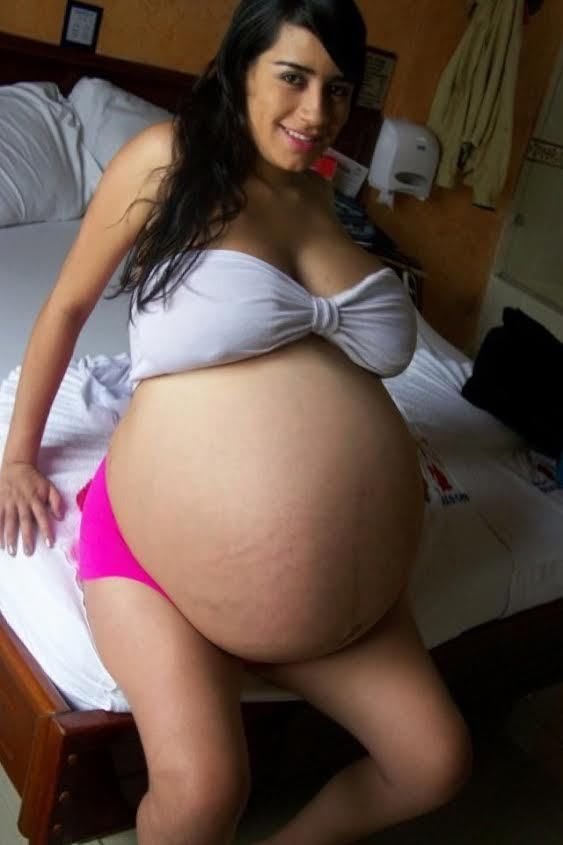 Lancet. nine0078 2017;389(10085):2204-2213. - Forster D.A. et al., "Women with Gestational Diabetes are Recommended to Express Milk Late in Pregnancy (Diabetes and Antenatal Pumping [ DAME ]): A Multicenter, Open, Randomized, Controlled Trial. Lancet (Lancet). 2017;389(10085):2204- 2213.
Lancet. nine0078 2017;389(10085):2204-2213. - Forster D.A. et al., "Women with Gestational Diabetes are Recommended to Express Milk Late in Pregnancy (Diabetes and Antenatal Pumping [ DAME ]): A Multicenter, Open, Randomized, Controlled Trial. Lancet (Lancet). 2017;389(10085):2204- 2213.
4 Infant and young child feeding: model chapter for textbooks for medical students and allied health professionals, Geneva : World Health Organization ; 2009. AVAILABLE FROM : https://www.ncbi.nlm.nih.gov/NBKS/NBK148965/ - "POSTICION" POSTICION "POSTRISS" POSTRIMENT "POST textbook for students of medical and related professions. Geneva: World Health Organization, 2009. Article cited: https://www.ncbi.nlm.nih.gov/books/NBK148965/
5 Kent JC et al.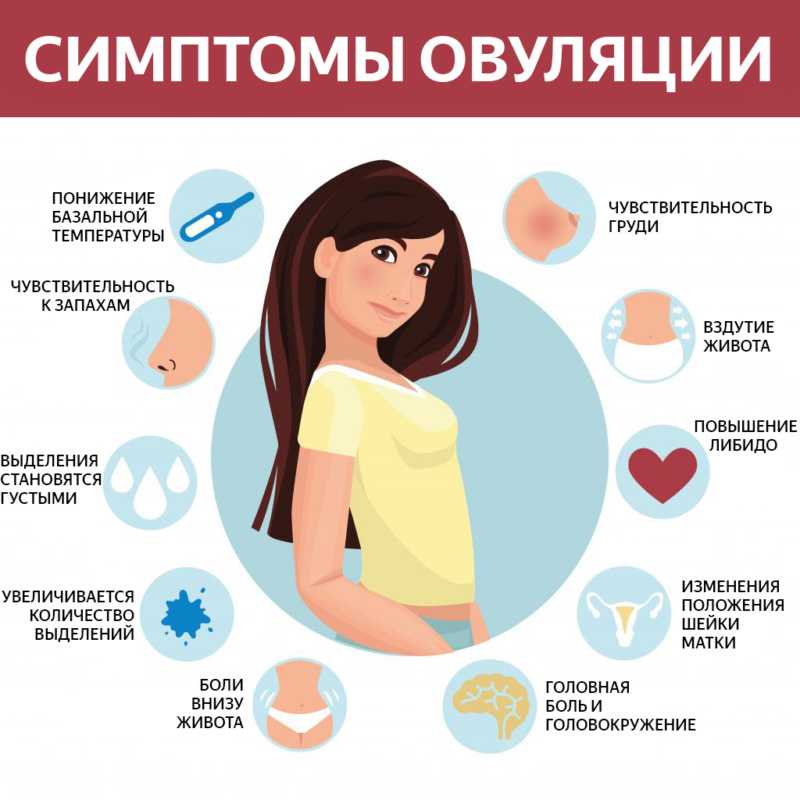 Breast volume and milk production during extended lactation in women. Exp Physiol. 1999;84(2):435-447. - Kent J.S. et al., "Amount and production of breast milk during long-term lactation in women". Ex Physiol. 1999;84(2):435-447.
Breast volume and milk production during extended lactation in women. Exp Physiol. 1999;84(2):435-447. - Kent J.S. et al., "Amount and production of breast milk during long-term lactation in women". Ex Physiol. 1999;84(2):435-447.
Read instructions before use. Consult a specialist about possible contraindications. nine0011
* RU № ФСЗ 2010/07352 dated 07/19/2010
Breast changes during pregnancy
If you think that breasts grow only in adolescence, you are wrong! The complex internal structures needed to feed a baby only begin to form during pregnancy, and until recently, we didn't even know how it happened.
Share this information
Did you think about your breasts during pregnancy? Surely only in the context of buying a special bra. Meanwhile, at this time, huge changes take place in the chest. Not only the uterus, but also the breast undergoes an amazing transformation to prepare for the birth of the baby. But to understand, let's go back a little...
But to understand, let's go back a little...
Breast development during adolescence
The breast changes continuously from adolescence until menopause. Unlike other organs, it does not grow until it is "activated" by hormones produced during puberty. However, even when the breast appears to be fully developed, it is not yet mature.
“After the completion of puberty, the female breast continues to develop. With each cycle, the amount of secretory [milk-producing] tissue increases slightly, and this continues until about 35 years old,” says Professor Peter Hartmann from the University of Western Australia, an expert in lactation, “After reaching this age, breast development stops, it becomes mature , but remains "sleeping" for the time being. nine0003
During the menstrual cycle, the cells of the breasts are renewed, which can make them more sensitive, painful or swollen. 1
You may have noticed that at the beginning of the cycle, the breasts are somewhat lumpy to the touch.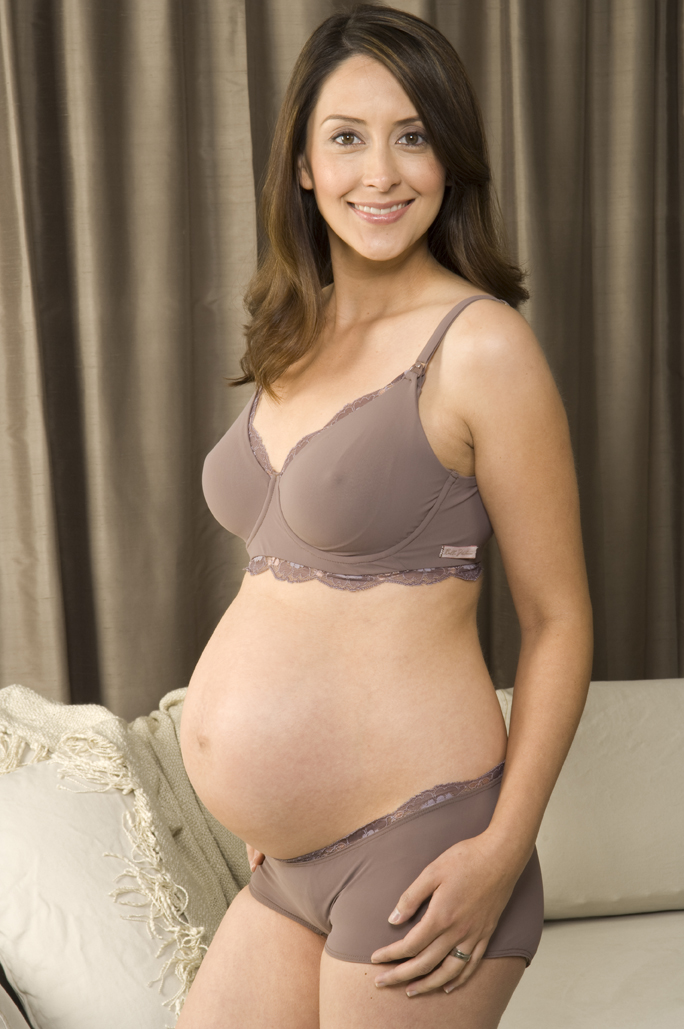 During this period, preparation for a possible pregnancy takes place. If pregnancy does not occur, a new cycle of falling and rising hormone levels begins. 2
During this period, preparation for a possible pregnancy takes place. If pregnancy does not occur, a new cycle of falling and rising hormone levels begins. 2
Internal breast changes during pregnancy
When conception occurs, the cycle is interrupted. From the end of the first month of pregnancy, the breast begins to gradually turn into a milk-producing organ.
At this time, the number and branching of the milk ducts increase and an extremely complex feeding system is formed. At the same time, cells called lactocytes begin to develop in the breast, which produce milk. The amount of blood going to the breast doubles during pregnancy. That is why the veins sometimes shine through the skin. nine0015 3
"After the birth of the placenta, the level of progesterone begins to fall and the process of lactation starts"
“When pregnancy occurs, the breast literally turns on,” says Professor Hartmann. “After conception, the secretory tissue of the breast begins to grow. There are clusters of tubercle-like glands in the breasts, and when pregnancy occurs, these tubercles begin to grow and form ducts and tiny sacs, called alveoli, that will store the milk.” nine0003
There are clusters of tubercle-like glands in the breasts, and when pregnancy occurs, these tubercles begin to grow and form ducts and tiny sacs, called alveoli, that will store the milk.” nine0003
All of these processes in the breast can cause sensations of heaviness, soreness and swelling, which are early signs of pregnancy. Read more in the article about how breasts change during pregnancy.
Structure of the lactating breast
Believe it or not, scientists have only recently discovered how the complex system of ducts located in the breast works.
Until the beginning of this century, most medical knowledge about milk production was based on experiments conducted by the English surgeon, Sir Astley Cooper, in the 1840s. nine0015 4 He concluded that milk is stored in the ducts and exits through 15 to 20 orifices in the nipple. Professor Hartmann's colleague, Dr. Donna Geddes, along with a team of scientists backed by Medela, discovered that breasts function very differently. 5 The ducts are indeed small tubes only a few millimeters in diameter, but they serve to transport the milk, not to store it. Milk is produced and stored in the alveoli. These sacs are connected to the ducts by even smaller tubes called tubules. nine0015 6
5 The ducts are indeed small tubes only a few millimeters in diameter, but they serve to transport the milk, not to store it. Milk is produced and stored in the alveoli. These sacs are connected to the ducts by even smaller tubes called tubules. nine0015 6
The milk stays in these sacs until the hormone oxytocin is produced in the body, which happens when the baby starts suckling. The alveoli are surrounded by muscle cells that contract under the influence of oxytocin, and these contractions move the milk through the ducts to the nipple. This process is called the milk flush reflex. Sometimes it can be felt as a tingling or slight movement that occurs in the breast when you start to feed the baby, but some women do not feel it at all. nine0015 7
Dr. Geddes and colleagues also found that there are fewer holes in the nipples than previously thought: usually around nine, sometimes as few as four. The ducts have to expand by almost 68% to accommodate the entire volume of milk flowing rapidly to these several outlets. 8
8
“Throughout breastfeeding, the structure and function of the breasts remain virtually unchanged until the baby begins to consume less milk,” explains Prof. Hartmann. nine0003
The breast begins to produce milk during pregnancy
From about the middle of pregnancy, the alveoli are already capable of producing milk. Fortunately, pregnancy hormones limit the production, 9 otherwise, by the time of delivery, the breast would simply burst.
“Producing 800 ml of milk a day during pregnancy is absolutely useless,” notes Professor Hartmann. “Therefore, the level of progesterone in the body rises, which prevents the activation of production. However, after the birth of the placenta, the level of progesterone begins to fall rapidly and the process of lactation starts.” nine0003
What happens to your breasts when you stop breastfeeding? She goes into a state of rest, but not immediately. “When a woman completely stops breastfeeding, it takes some more time – usually a month or two – for milk production to finally stop,” explains Professor Hartmann, “In humans, the process of stopping milk production takes a long time, although in other mammals it happens pretty fast. "
"
The breasts eventually return to their pre-pregnancy state. If you become pregnant again, the same cycle of growth and development will begin all over again. nine0015 1
Would you like to know more? Download the free e-book Surprising Breast Milk Facts or read our article Why Colostrum Is So Important?.
Literature
1 Hassiotou F, Geddes D. Anatomy of the human mammary gland: Current status of knowledge. Clin Anat . 2013;26(1):29-48. - Hassiot F., Geddes D., "The structure of the female breast: what we know today." nine0078 Wedge Anat. (Clinical Anatomy) 2013;26(1):29-48. 2 Reed BG, Carr BR. The normal menstrual cycle and the control of ovulation. In: De Groot LJ et al., editors. Endotext [Internet]. South Dartmouth, MA, USA: MDText.com, Inc.; 2000. [ cited 2018 April 13] Available from : https://www. 3 Geddes DT. Ultrasound imaging of the lactating breast: methodology and application. Int Breastfeed J . 2009;4(1):4. - Geddes D.T., "Lactating Breast Ultrasound: Methodology and Application". Int Brestfeed J. 2009;4(1):4. 4 Cooper AP . On the anatomy of the breast. London: Harrison and Co; 1840. 193 p . - A.P. Cooper, "On the structure of the breast. 5 Ramsay DT et al. Anatomy of the lactating human breast redefined with ultrasound imaging. J Anat . 2005;206(6):525-534. - Ramsey D.T. and co-authors, "The structure of the lactating female breast: a new look through ultrasound." nine0078 F Anat. 2005;206(6):525-534. 6 Geddes DT. Inside the lactating breast: the latest anatomy research. J Midwifery Womens Health. 2007;52(6):556-563. — Geddes D.T., "Lactating Breasts" by J Midwifery Women's Health. 2007;52(6):556-563. 7 Kent JC et al. Response of breasts to different stimulation patterns of an electric breast pump. J Hum Lact . 2003;19(2):179-186. - Kent J.S. et al., Breast Response to Various Types of Electric Breast Pump Stimulation. ncbi.nlm.nih.gov/books/NBK279054/. - Reid BJ, Carr BR, "Normal menstrual cycle and ovulation control". In De Groot L.J. et al. (ed.) Endotext [Internet]. South Dartmouth, Massachusetts, USA: MD Text . com , Inc ; 2000. [cited April 13, 2018] Article reference: https://www.ncbi.nlm.nih.gov/books/NBK279054/
ncbi.nlm.nih.gov/books/NBK279054/. - Reid BJ, Carr BR, "Normal menstrual cycle and ovulation control". In De Groot L.J. et al. (ed.) Endotext [Internet]. South Dartmouth, Massachusetts, USA: MD Text . com , Inc ; 2000. [cited April 13, 2018] Article reference: https://www.ncbi.nlm.nih.gov/books/NBK279054/ 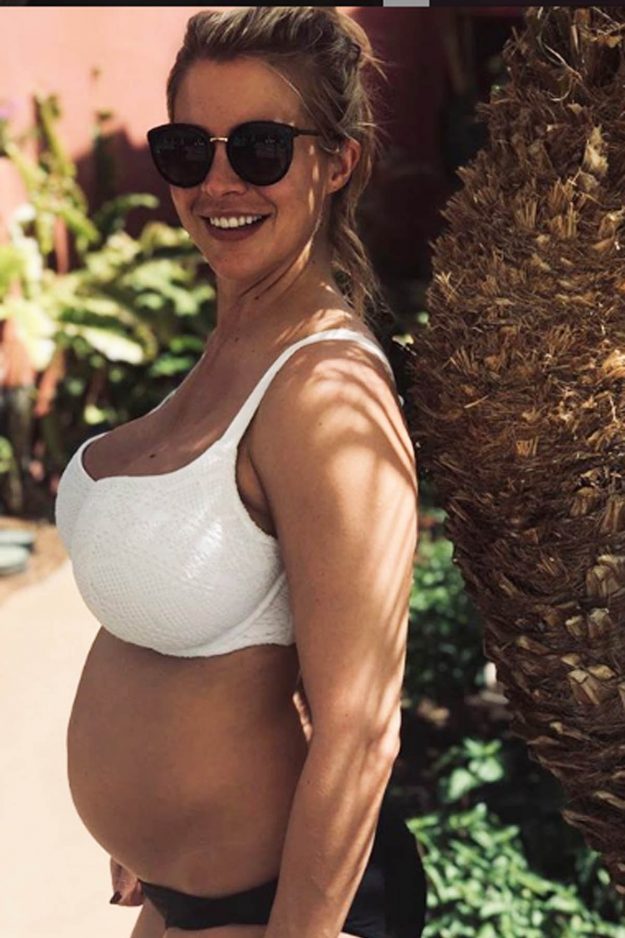 " London Publishing House Harrison and Co .; 1840. p. 193.
" London Publishing House Harrison and Co .; 1840. p. 193. 
